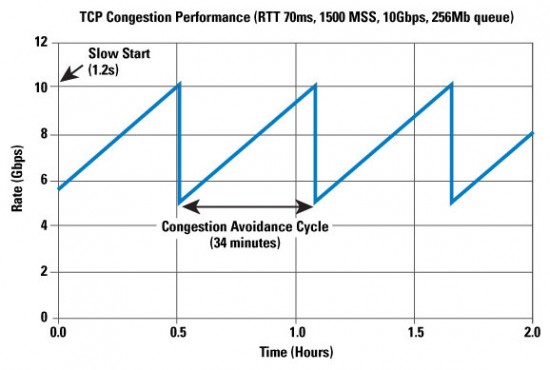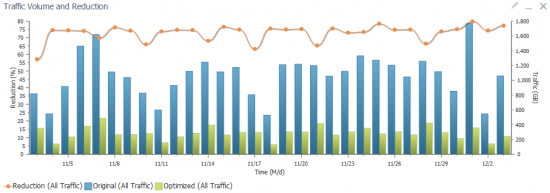































During the past years WAN optimization devices were used to optimize end-user traffic mainly. Employers connecting to remote applications can achieve better user experience if a couple of WAN optimization are deployed. Typically web applications, file sharing and email can be well accelerated: end users can increase their productivity with a little investment.
On the other side providers usually offer free bandwidth upgrade during a contract renewal.
So the question are:
The answers are, as always: it depends.
First of all let me introduce the scenario: let me assume that two data centers are interconnected using an MPLS network provided by an ISP. The links are pretty reliable and the packet loss ratio is very low. One data center is main and active, the other one is secondary and stand-by. In the Data Center we have a classic environment based on:
Data is replicated from the primary data center to the second one using NetApp Snapmirror (regarding Virtual Machines) and Oracle archive transport (regarding Oracle databases).
The most important thing is that data, regarding CIFS/FTP transfers, NetApp and Oracle replications, are unencrypted and uncompressed.
A WAN optimization is not just a data compressor. It optimizes data transmission over media with lower bandwidth and higher latency. The Cisco WAAS (Wide Area Application Services) system consists of a set of software and devices that work together to optimize TCP network traffic.
The WAAS software can be run on a dedicated physical appliance (WAE/WAVE), on a virtual appliance (vWAAS), on an ISR (as software or with additional module) or on a mobile PC.
Even if the entire WAAS solution can cover different company needs, we'll focus on server-to-server connectivity. Mobile, Express and ISR solutions will not be discussed here.
A Cisco WAAS solution acts on the following key elements:
In other words Cisco WAAS optimizes communications eliminating packets with duplicated data (DRE) and compressing data also. Moreover Cisco WAAS optimizes TCP to be used under long distance links: long distance connections cannot be easily saturated because of the TCP behavior, especially if the media is not 100% reliable.

This behavior is known as TCP synchronization: TCP cannot sustain an adequate performance. Cisco WAAS optimizes TCP so connections can use all the bandwidth available.
How did the bandwidth usage change after a WAAS deployment? An image is better than a thousand words.

The red line shows when the WAAS solution was activated: the nightly bandwidth peak missed from the day after.
During the last month WAAS reduced the traffic up to 75%.

In other words the effective WAN capacity is virtually incremented by WAAS:

During the tests 109 TB of data passed through the WAAS, 12 TB were excluded and 97 TB were reduced to 27 TB.
Let's recap pro and cons of both solutions:
The conclusion is that a Cisco WAAS solution can help Data Center traffic replication better than a bandwidth upgrade.
More technical details are available on my web site.
 Tags chauds:
#CiscoChampion
waas
Cisco WAAS
TCP
WAN Optimization
WAVE
Tags chauds:
#CiscoChampion
waas
Cisco WAAS
TCP
WAN Optimization
WAVE